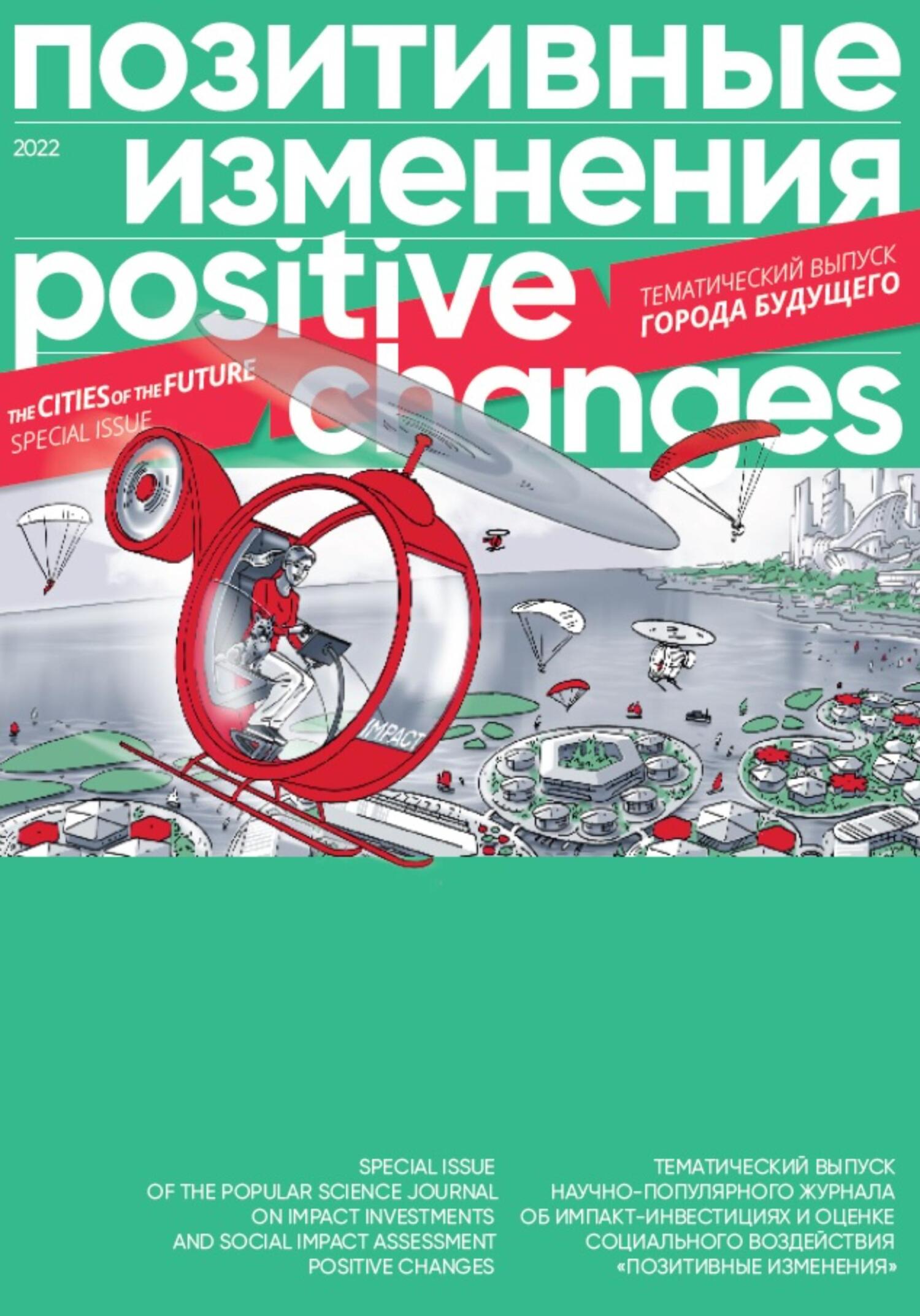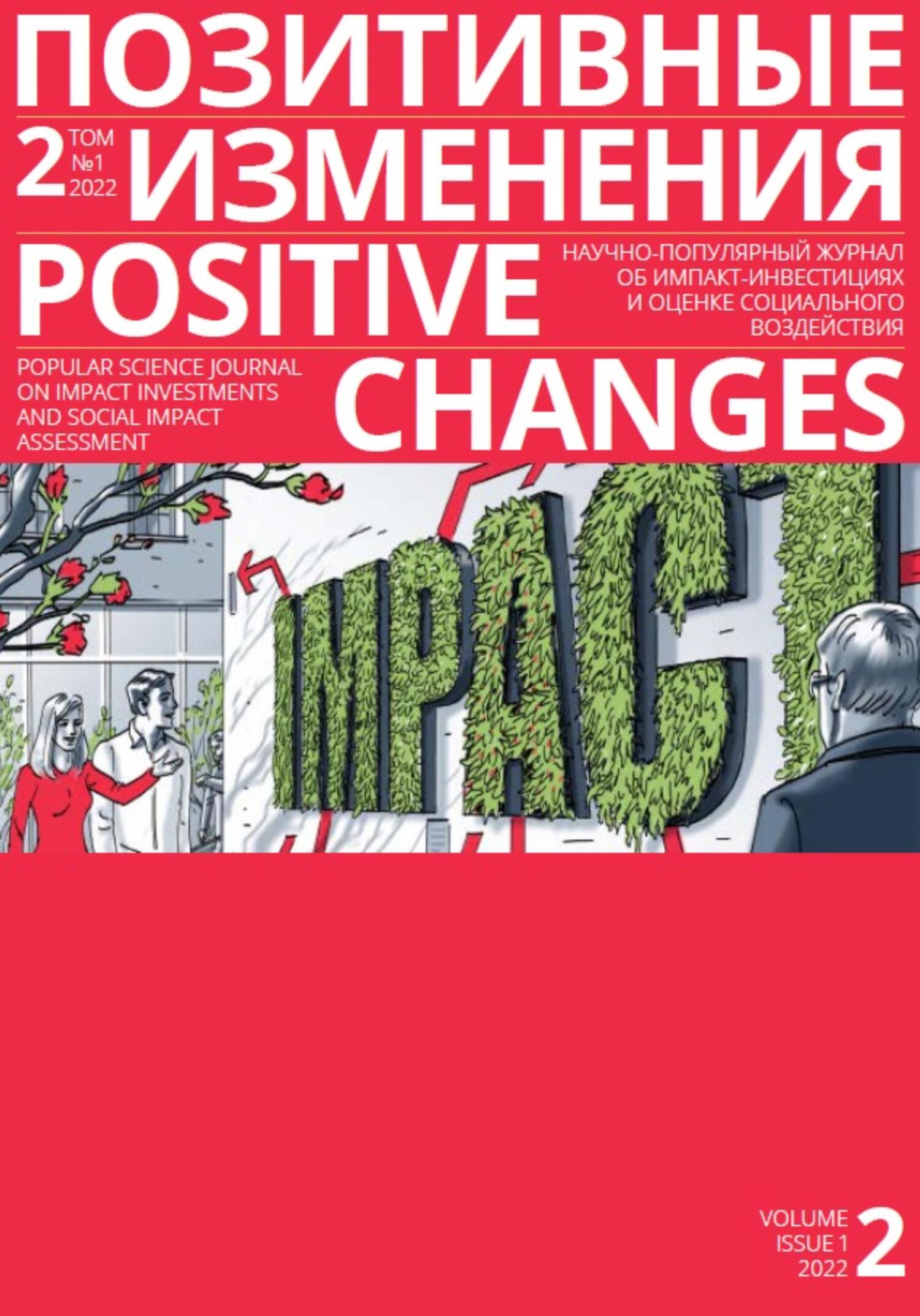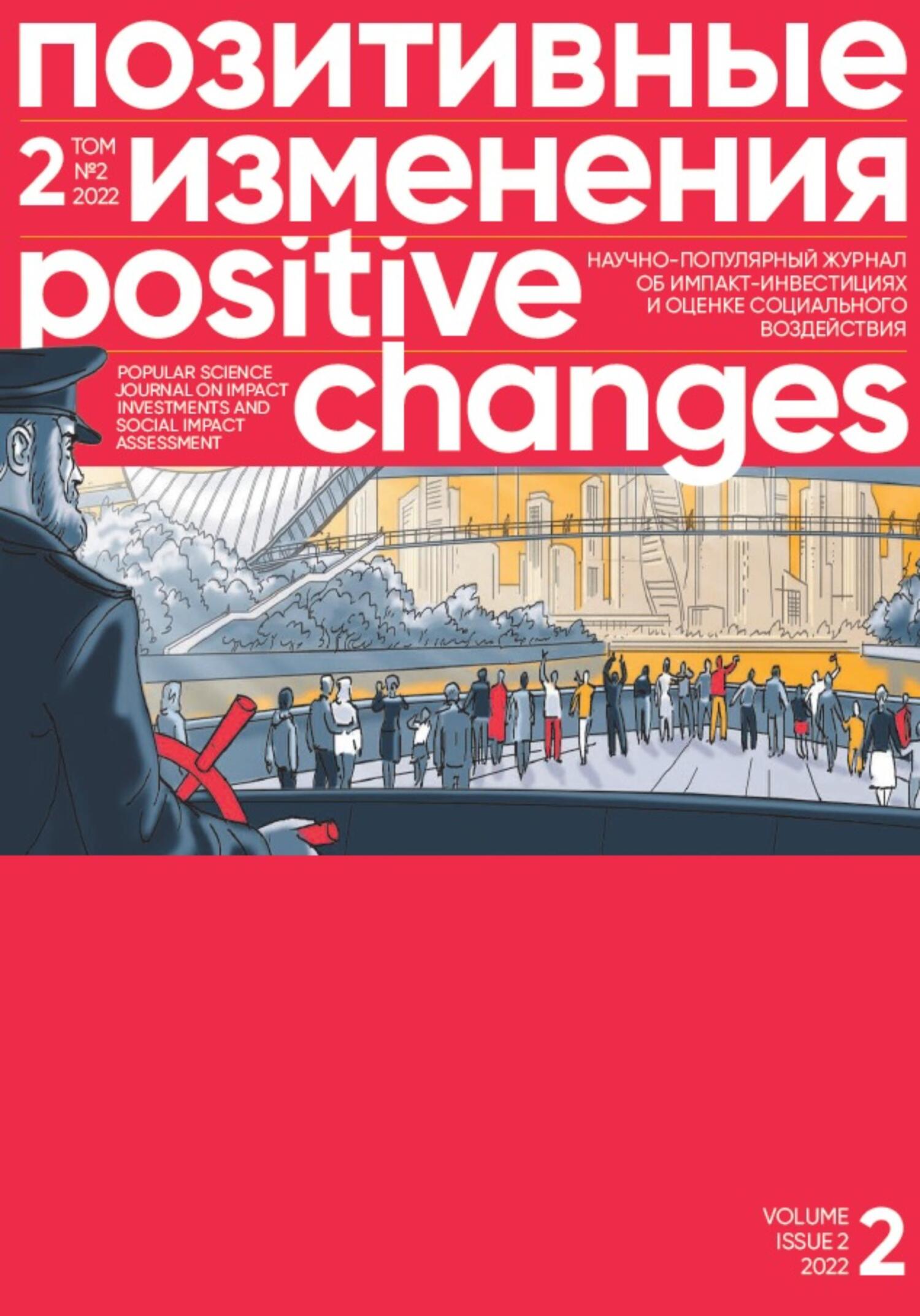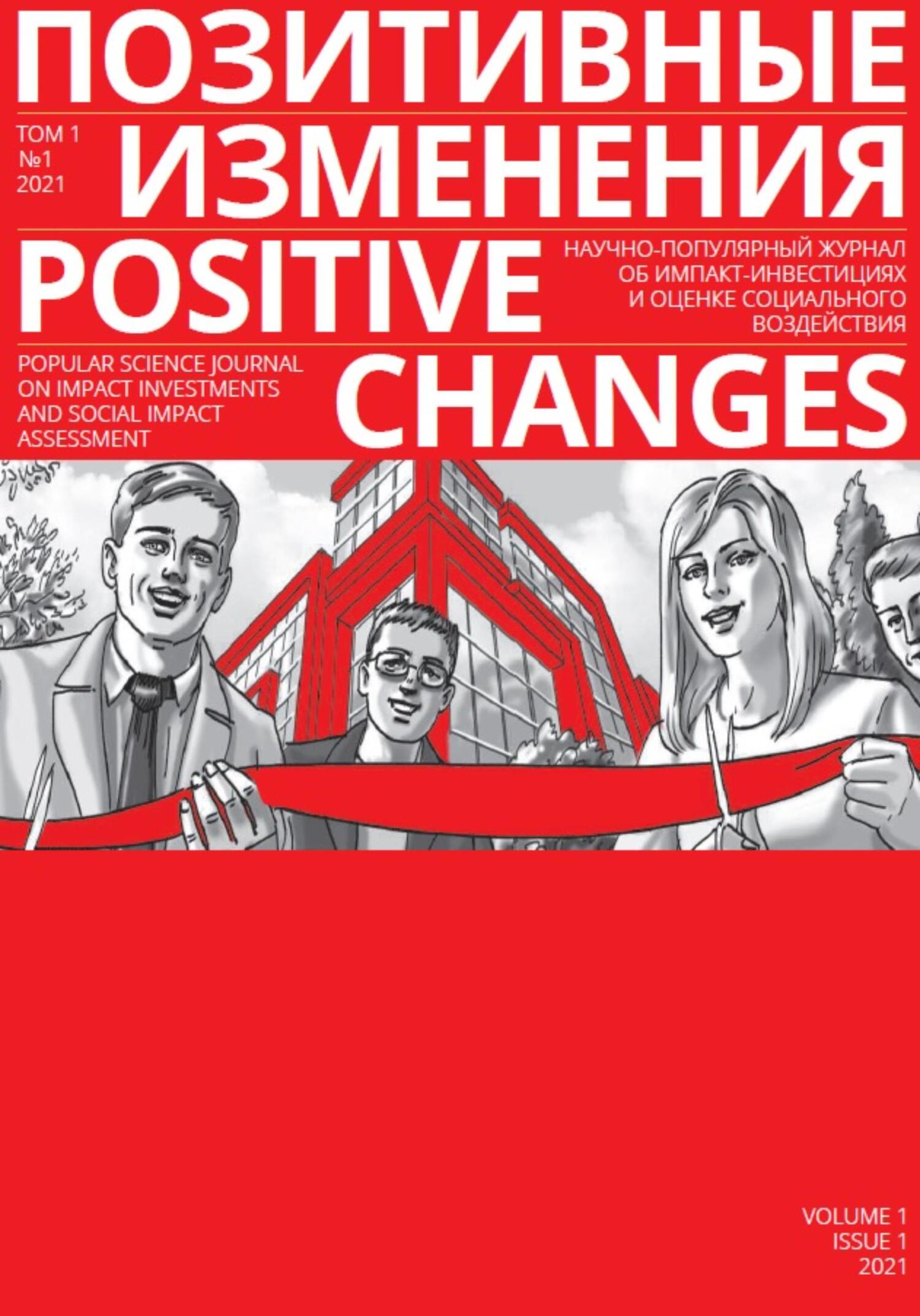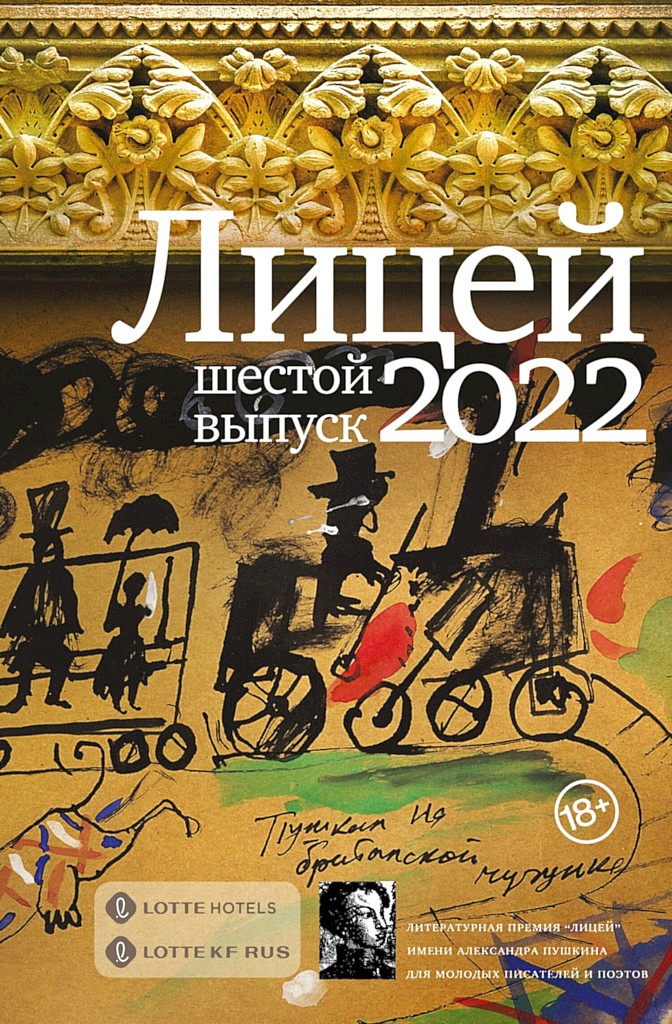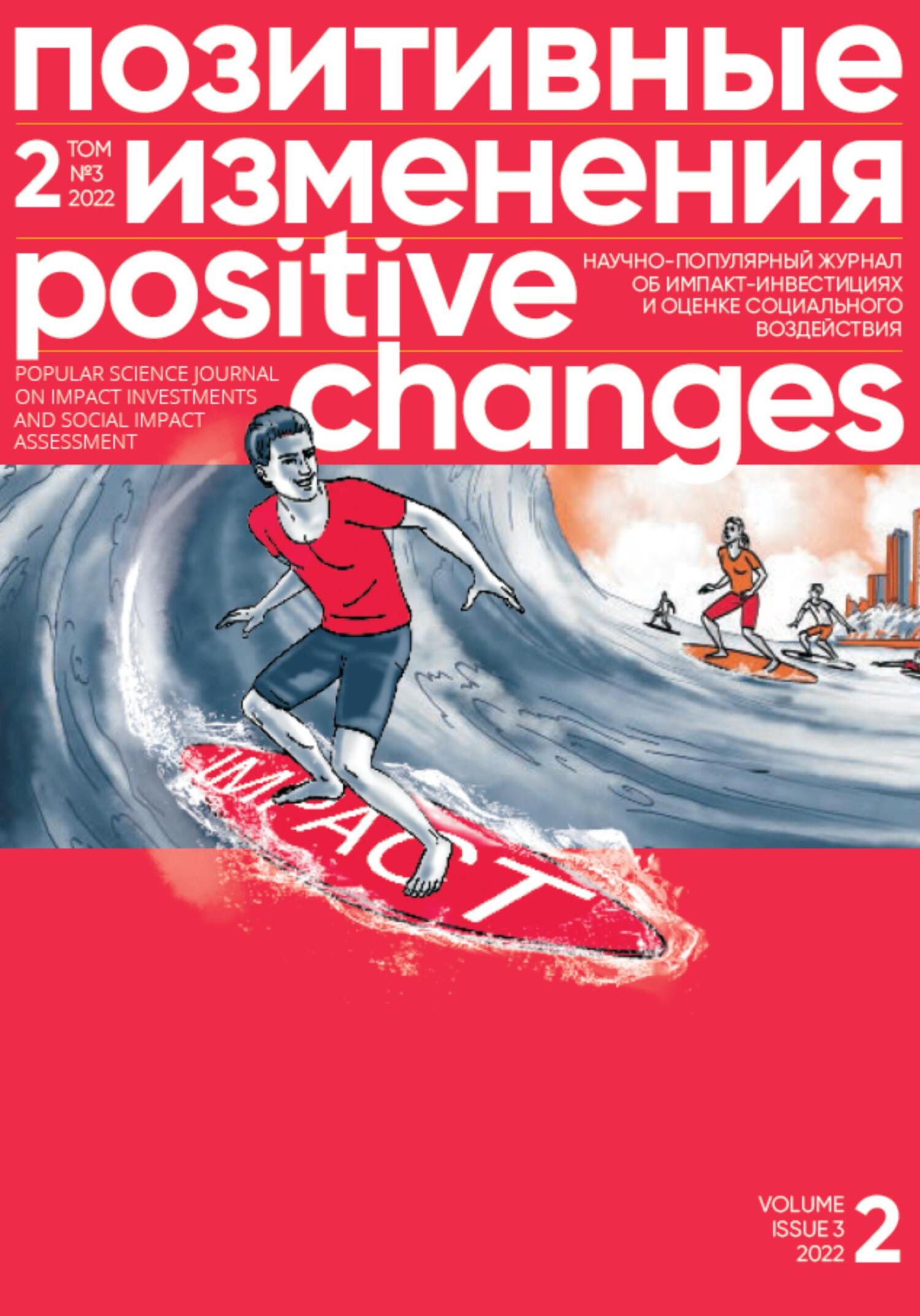the Citi Foundation’s Sustainable Cities Program, the Gladway Foundation implemented the idea of neighborhood centers within a walking distance in Moscow. According to the authors of the concept, neighborhood centers are the foundation of cities of the future, creating a "social fabric" for economic and territorial development. "Without neighborhood centers
(as a comprehensive "city-oriented" public space — editor’s note), there is no future for the city," the authors stressed at the VI conference "Factory of Spaces. Time," held in October 2022 in Moscow.
The «15-minute city» can be the basis for the creation of the City of the Future.
Interestingly, "My Neighborhood" city program, currently implemented in Moscow, is also based on the concept of a 15-minute city. This was announced by Mayor Sergey Sobyanin on the sidelines of SPIEF-2021, in an interview with "Russia 24" TV channel.
The size of the "15 Minute District" is an area of 3x3 kilometers (900 hectares). "This area is small enough for a single large developer to complete. But construction companies usually specialize in one single thing (housing, offices, etc.), while here we have to build everything at once," says co-founder and chief architect of UNK project design bureau, member of the Union of Moscow Architects Yuli Borisov, as quoted by SberPro Media [25].
Summing up this part of the review, let us emphasize: the 15-minute city as a concept can be the basis for the creation of the City of the Future (by even a single developer). In addition, this concept is the closest to the implementation of pilot projects. The principles mentioned above must also be respected: the natural proximity of people to nature (biophilia), non-extractive architecture, building for eternity, the city as a form that can be adapted to conditions that are unknown in advance, and take into account the public good.
CONTEMPORARY PRINCIPLES OF SUSTAINABLE AND INCLUSIVE URBAN DESIGN
THE SAN MARINO DECLARATION
Environment and sustainable development are becoming the key topics affecting the full range of design solutions; they are present in brand new concepts of the city of the future, as well as in those that follow up on the development of well-known approaches.
The model of an environmentally, socially and economically sustainable city most often acts as the foundation for designing the cities of the future (Malyshev, Korobkova & Solodkov, 2021). This model is directly related to the UN Sustainable Development Goals. The bare-bones agenda for a sustainable city is the "smart city" model: efficient use of resources through the introduction of technological systems, a better quality of life through improved services, transport and information accessibility. It is worth noting that this model generally does not take into account the social component of the city, while focusing mainly on the infrastructure and technological aspects.
In 2022, Norman Foster is launching a UN declaration of the principles for sustainable and inclusive urban design and architecture, that would be the equivalent of the Hippocratic Oath for architects. The document called the San Marino Declaration includes the following principles of urban planning:
• people-centrality, social responsibility and inclusivity;
• cultural identity, values, and heritage;
• resource efficiency and circularity;
• safety and health;
• respect for nature and natural systems and processes;
• people-smartness;
• inter-disciplinary cooperation and networking, engagement [26].
THINKING ABOUT THE FUTURE FROM THE FUTURE ITSELF
Going beyond the boundaries of urban planning concepts, it is important to note at least two other authors — Benjamin H. Bratton, head of his own Terraforming research program, and Nick Srnicek, political philosopher of the accelerationist movement.
Bratton’s book includes a quote by writer and director Chris Marker: "The naive American contemplates the sky; the Russian … settles in the sky and contemplates the earth." According to Benjamin H. Bratton, it suggests an analogy about the need to think about the future from the future itself rather than the present. This book focuses on the millennial event horizon, and it also addresses themes echoing the motif of non-extractive architecture: how to terraform [27] the Earth so that it becomes habitable for human life and remains so for as long as possible, while avoiding projects with a negative effect.
Nick Srnicek describes the future as a radical acceleration of technological labor substitution through innovation and the introduction of an unconditional basic income. The humans are seen as creative individuals, and the cities as a platform for innovation.
THE RUSSIAN APPROACHES TO INTEGRATED TERRITORIAL DEVELOPMENT
The pioneers of integrated territorial development in Russia were Territorial Development Agencies (TDA) — the first wave of the ITD boom began with them in 2001–2005. According to the government’s plan, the TDAs were to take on the most difficult work of coordinating the activities of landlords and tenants in large areas. It was, first of all, the coordination of urban planning issues and engineering support. As a result, each territory would have a single management, transport, engineering and architectural concept.
The reason why the TDAs failed was that they were too far ahead of their time: neither the legislation, nor the resource base or the financial system were prepared for their successful implementation — the real estate market was yet to reach a new quality level. The main problem was that, in fact, the TDAs never received any effective leverage over the owners of land plots or any real authority. The city administration at the time also did not have the resources or the desire to deal with these clearly challenging tasks.
Integrated territorial development projects of the second wave (2005–2008) were often announced on agricultural land purchased by developers (greenfield development). The scale of hundreds of hectares and several million square meters of residential and commercial real estate was astounding. Even in a growing market, many of these projects looked overly optimistic in terms of timing and opportunities for the market to absorb such volumes. The issues of utilities and infrastructure were barely sketched out in such projects.
By 2008, literally every Russian region felt obliged to present an integrated territorial development project. Most
